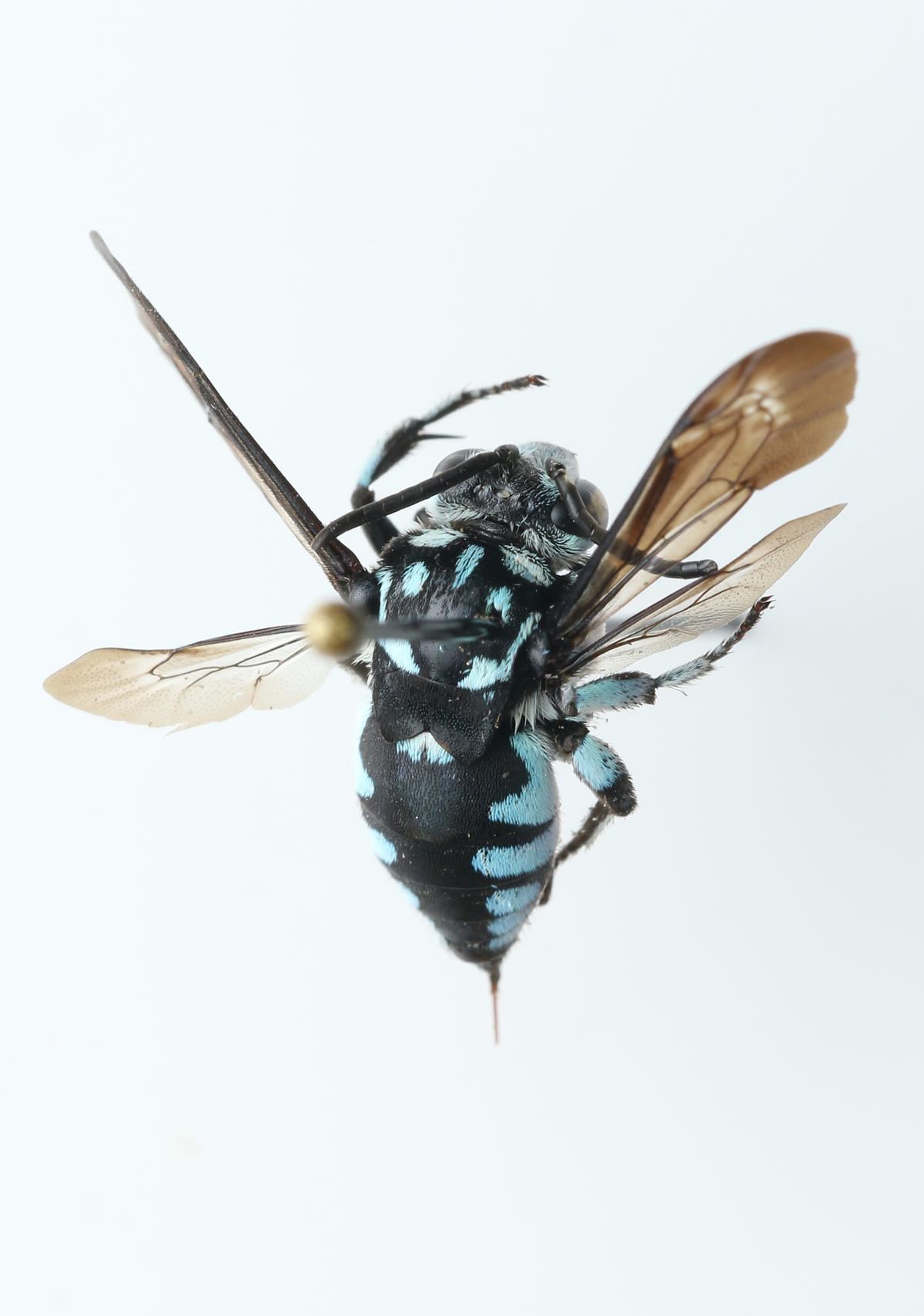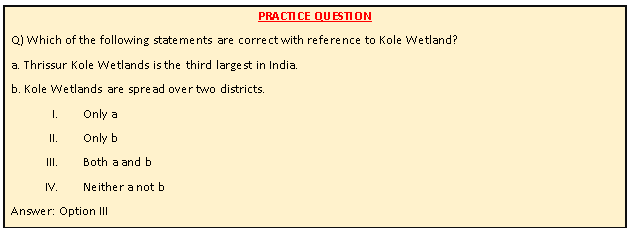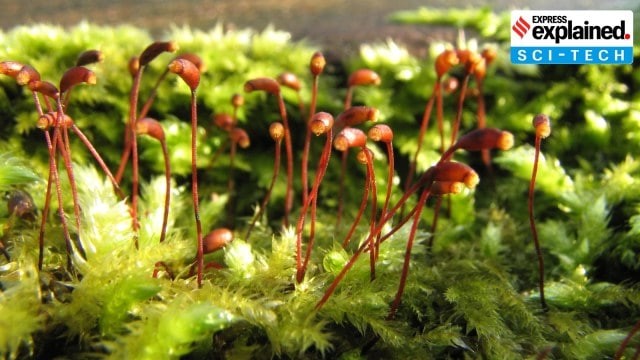Description

Copyright infringement not intended
Context: Thyreus narendrani, named after the late T.C. Narendran, Professor of Zoology, was collected from a kole wetland ecosystem in Malappuram district and the Christ College campus at Irinjalakuda
.jpeg)
Details:
- The new species is named after late T.C. Narendran, Professor of Zoology, in honour of his expertise and excellence in the field of entomology
- Kole wetlands are unique and productive ecosystems located in Thrissur and Malappuram districts and were declared as Ramsar sites in 2002.
- Bees are known for their role as excellent pollinators. They are responsible for the pollination of many food crops as well as natural vegetation. So, conservation of bees is very important for the survival of other organisms.
About:
- The new species belongs to the family Apidae of order Hymenoptera.
- The genus Thyreus consists of cuckoo bees or cleptoparasitic bees.
- Cuckoo bees parasitise the nest of other bees by breaking and entering and laying their eggs.
- Unlike other female bees, cuckoo bees lack pollen-collecting structures.
- Once the cuckoo bee’s larva hatches out in the nest of the host bee, it consumes the food stored by the host for its own growing larva.
- Bees of genus Thyreus mostly parasitise solitary bees of genus Amegilla and Anthophora, according to research supervisor Dr. Bijoy.

Kole Wetlands:
History:
- From 18th century onwards, rice cultivation in Kole lands is said to have been started.
- But the Thrissur-Ponnani Kole lands recorded rice cultivation dates back to 1916 only.
Geography:
- The word Kole is a Malayalam word, and means that a bumper yield.
- It is a particular cultivation method adopted in wastelands in Malappuram district and Thrissur District from December to May which otherwise is submerged from June to November, half of the year.
- The Kole Wetlands cover an area of about 13,632 hectares spread over Thrissur district and Malappuram district.
- The area extends from Chalakudy River in South to Bharathappuzha River in the North, and to Ponnani Taluk.
- The Kole Wetlands acts as natural drainage system for Thrissur city and Thrissur district through a network of canals and ponds which connects different parts of Kole Wastelands to Enamavu river ,one of the smallest River in Kerala, Canoli Canal, Chettuva River and then to the Arabian Sea.
- It is fertile with Alluvium soil which is deposited Kechery and Karuvannoor river in the monsoon.
Fauna:
- In terms of the number of birds, the Thrissur Kole Wetlands is the third largest in India after Chilika Lake in Orissa and Amipur Tank in Gujarat.
- It has been recognised as one of India's Important Bird Areas by BirdLife International.
- According to studies, there are 241 species of birds like spot-billed pelican, darter, Oriental darter, black-headed ibis, painted stork, black-bellied tern, cinereous vulture and greater spotted eagle
- Fishes like Caranx, Cyprinidae, mangrove red snapper, Megalops cyprinoides and barramundi are also found in Kole Wetland.
Threat:
- The main threat to Kole Wetlands is expansion of cities and towns like city of Thrissur.
- The boom in construction industry, especially the real estate business in Central Kerala, has rung the alarm bell for the Kole wetlands.
- Coconut cultivation, construction of buildings and houses, conversion of fields for sand and clay mining and brick kilns, hunting of wetland birds are the main threats for the Kole wetlands.
- Fresh water shortage and quality of water due to water intrusion from the Canoly Canal has been reported from various parts of Kole wetlands in Thrissur district.


https://www.thehindu.com/news/national/kerala/researchers-discover-new-cuckoo-bee-in-kerala/article66512781.ece













